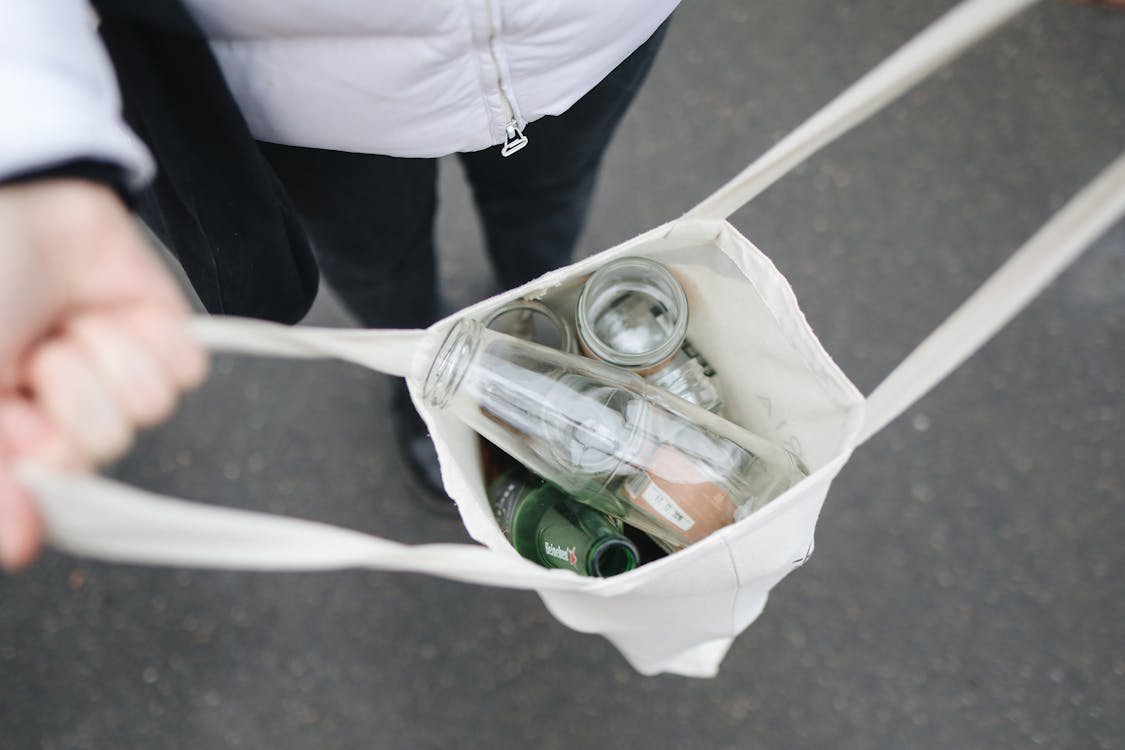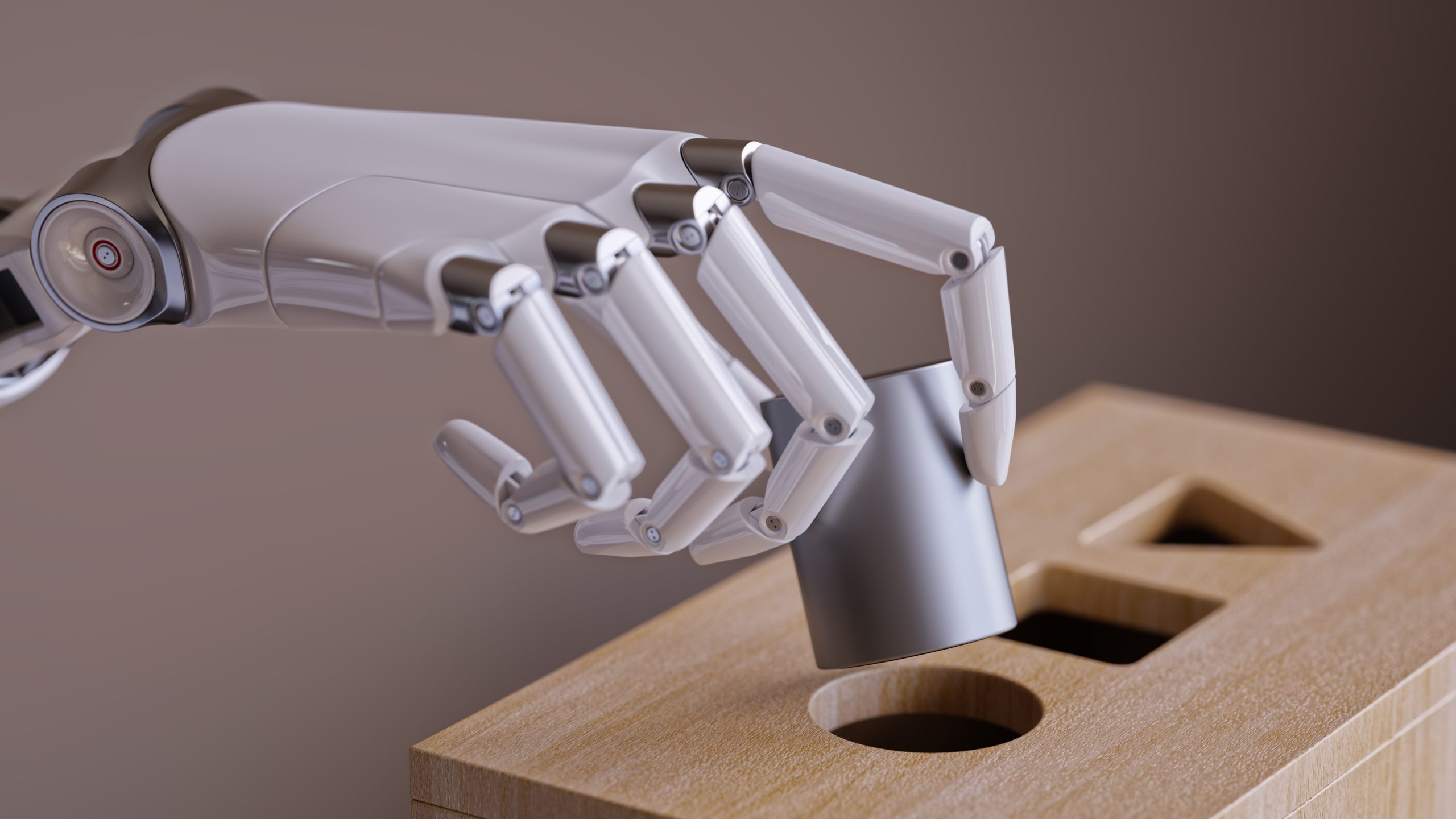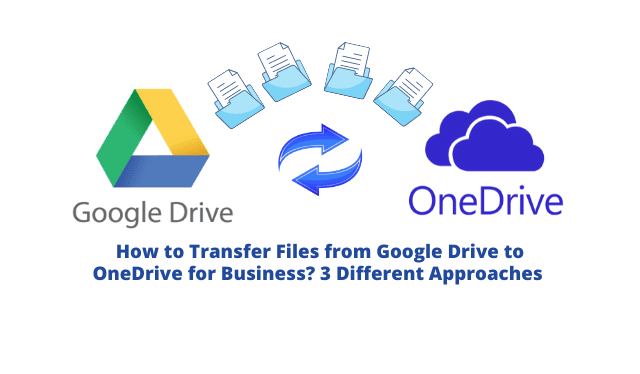Discovering sustainable packaging materials is crucial in today’s environmentally conscious world. This informative article explores valuable insights on selecting the right packaging materials to promote sustainability. From biodegradable options to recycled materials, learn practical tips to make eco-friendly choices and minimize environmental impact.

Image Source: Pexels.com
Sustainable packaging uses design and production techniques to minimize its environmental impact throughout its life cycle. It does so while still fulfilling its primary function of protecting and presenting its contents.
It is a method that incorporates sustainability in all packaging aspects. Companies implementing this packaging method use sustainability practices in the:
· materials used,
· design and production processes,
· transportation and distribution of the packaged product, and
· disposal or recycling of the packaging itself.
Developing sustainable packaging does more than help the environment. It can also provide businesses with many benefits. But what advantages of this practice can organizations leverage?
Business Benefits of Sustainable Packaging
Besides environmental protection, sustainable packaging offers an excellent opportunity to advertise company virtues, reduce costs, and inspire creativity. Sustainable packaging can be a powerful and net-positive way to grow your company without increasing environmental impact. Here are some ways sustainable packaging can help businesses.
1. Improves brand image
85% of consumers consider sustainability before purchasing. So, sustainable packaging can be a form of eco-friendly marketing effort. Businesses can appeal to this significant market segment by offering sustainable packaging options.
2. Lowers costs
Recycled and sustainable materials are often cheaper to use than single-use ones. Sustainable designs are usually lighter, reducing transportation costs and emissions. Lowering costs is one of the main goals of a business, and sustainable packaging can help with little to no downsides.
3. Promotes creativity
The conceptual challenge of minimizing material wastage and ecological impact has inspired many to innovate unbelievable solutions. For example, some companies have begun to replace polystyrene with mushroom-based alternatives. Switching to sustainable packaging can drive people to develop the next brilliant eco-friendly solution.
Factors to Consider When Choosing a Packaging Material
You can broadly separate the factors you need to consider into business-end and environment-end considerations. Here’s what you need to know in both categories.
Business-end considerations
These considerations are the factors that directly revolve around your business operations.
1. Kind of product
Many sustainable alternatives are designed for specific products. For example, some types of plant-based packaging can be ideal for consumable products like food, drinks, and medicines.
Always keep your product type in mind when selecting a sustainable alternative. This way, problems will be less likely to crop up later in the decision-making process.
2. Aesthetics and effectivity
Of course, you want your product and its packaging to look good. Before making the swap, check if you can easily print or paint your desired design onto the material. Some may require different inks or methods, which can be a hidden expense of sustainability.
Also, ensure that the packaging alternative can protect and preserve your product. Ensure it can handle transportation, storage, and retail for its intended use and shelf-life. You must ensure that the packaging material doesn’t negatively react or interfere with the quality of your product.
3. Costs
Switching to a sustainable packaging alternative can have a high upfront cost. However, it can be less expensive in the long term due to reduced transportation, production, and disposal costs. Before switching, weigh the short-term and long-term costs of different packaging materials.
For example, swapping to using recycled materials can require you to set up the facilities and machines to process scrap materials into usable packaging. These factors can amount to a hefty sum. Calculate the initial expense against the projected savings to make an informed decision.
4. Availability
Some materials can be the perfect replacement for your current packaging. They may be cheaper to use and have no adverse effects on your product with less environmental impact. But, some may be difficult or expensive to acquire. For example, seaweed-based packaging can be challenging to source for companies in land-locked areas reliably.
So, even if you find the perfect replacement, ensure local producers can manage your company’s demands. Otherwise, you may need to spend and emit more transmissions due to the need to transport them.
Environment-end considerations
While it’s possible to present as environmentally conscious to your customers without putting in the effort, true sustainability can need a lot of careful research. The entire life cycle of your packaging contributes to its environmental impact.
1. First-half impact
The extraction, production, and subsequent processing of your chosen alternative can produce byproducts like emissions, waste, and pollution. Some materials can be green. However, its processing may make more waste and consume more energy than regular packaging.
As such, you’ll need to include energy use and byproduct production in your considerations to know if your packaging is genuinely sustainable.
2. Second-half impact
After processing, your packaging moves down the supply chain to your customers and is disposed of or reused. Many factors can affect the transport’s energy consumption and emissions as it moves through the supply chain. Some of these factors include:
· the distance traveled,
· the weight of the product and its packaging, and
· the routes your delivery has taken.
A large portion of the environmental impact of something is from transportation emissions. And, even if a material is green, it may be worse for the environment if it travels further to reach your production facilities.
Finally, the end of the life cycle is disposal or reuse. If your packaging is reusable, you can minimize consumer-end pollution. If not, ensure that your product is at least biodegradable. In other words, ensure that your packaging can quickly break down into its base materials.
Containers make up around 28% of the solid waste the world produces. So, having your packaging be biodegradable can lessen your contribution to that figure.
Sustainable Packaging: A Win-Win for Your Business
If used correctly, sustainable packaging can be a real win-win for your business by providing several business and environmental benefits. That’s why it’s high time you consider swapping to sustainable packaging today.








